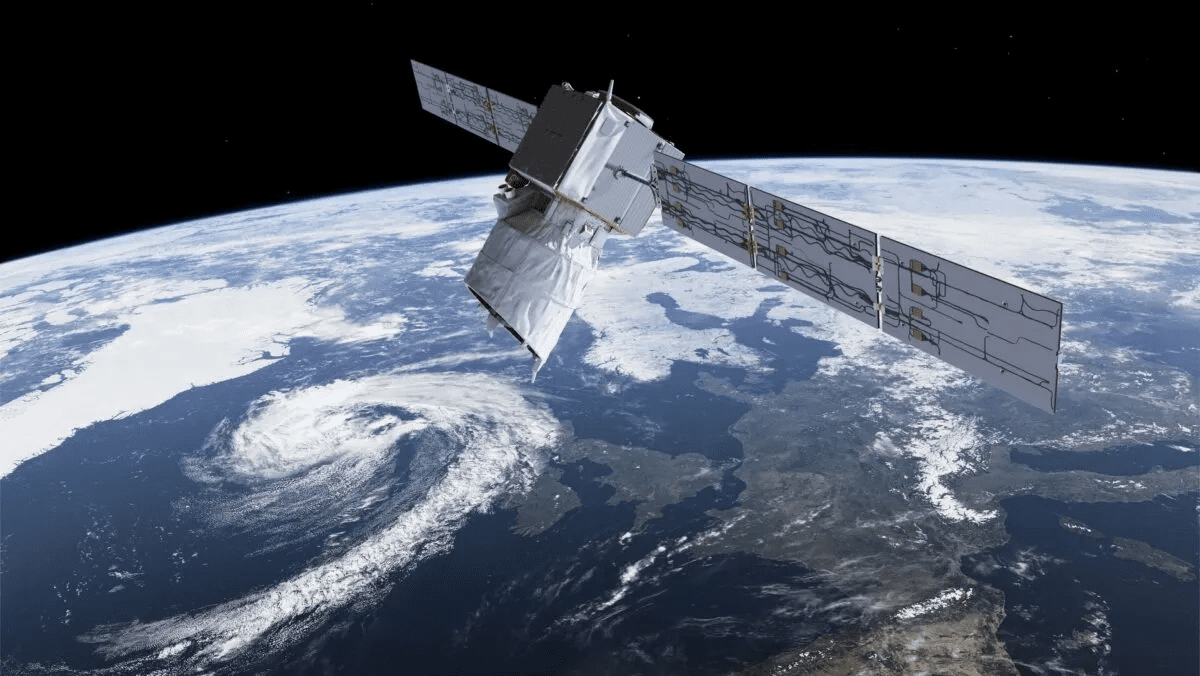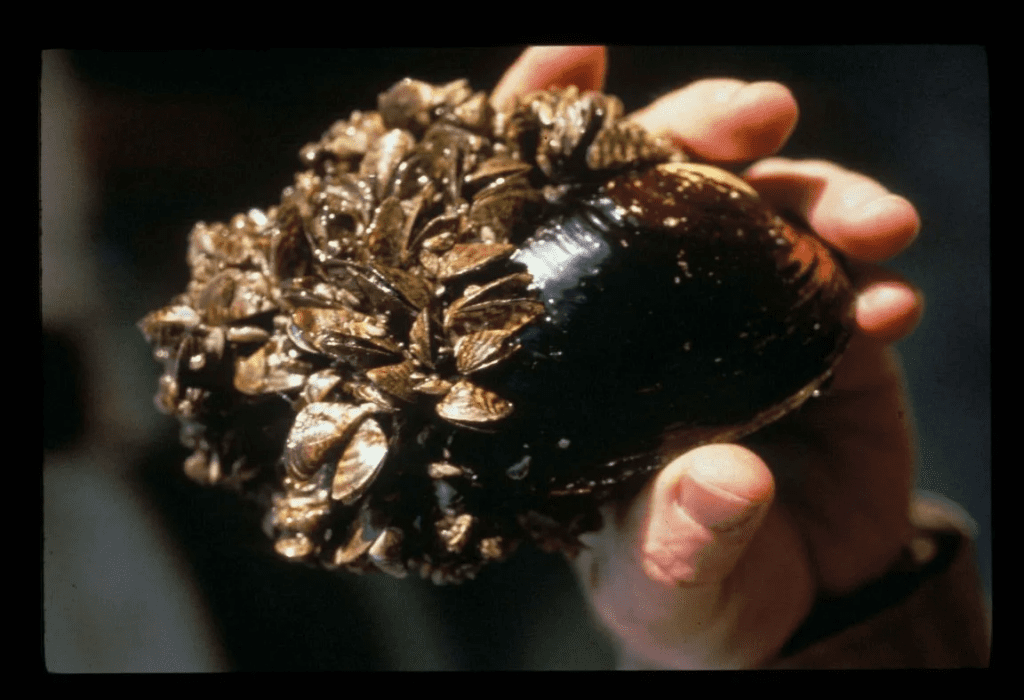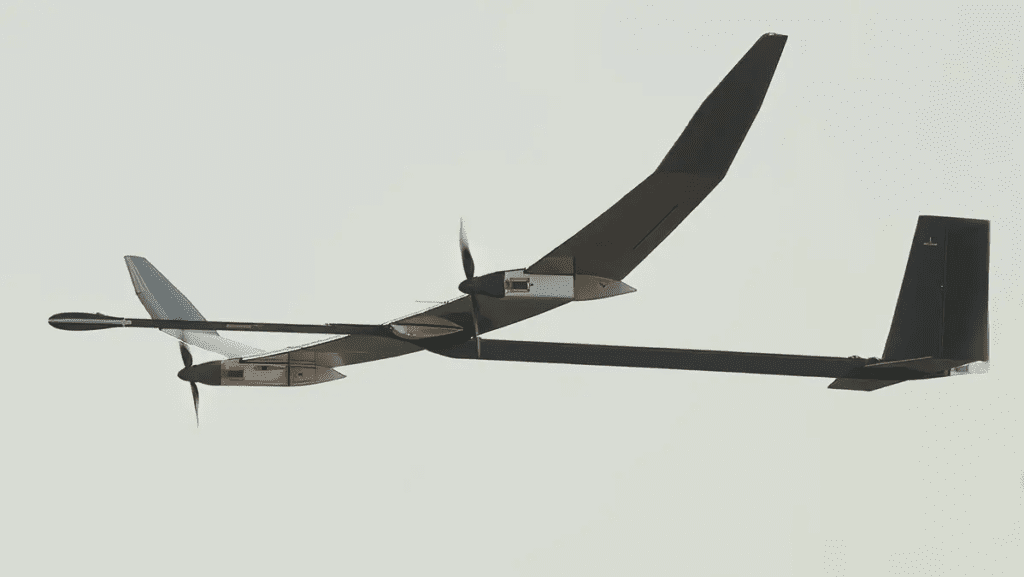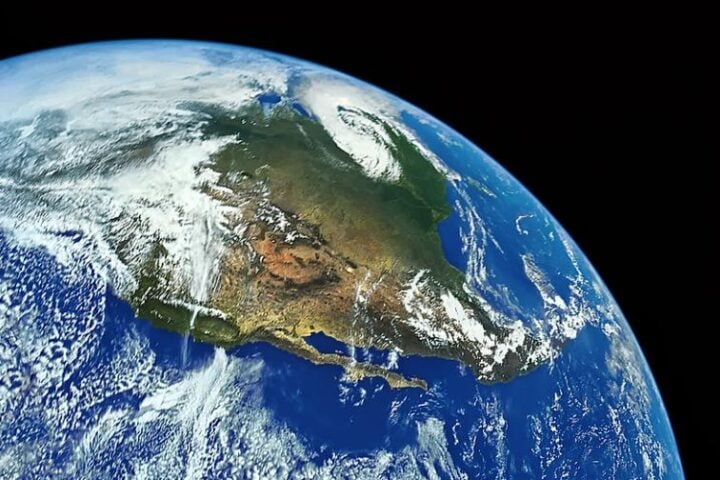In an unprecedented and delicate manoeuvre, the European Space Agency (ESA) orchestrated an ‘assisted re-entry’ for the groundbreaking Aeolus satellite, setting new standards for space stewardship. This strategic move towards a south-to-north trajectory over the Atlantic Ocean minimised risk to populated regions, reflecting ESA’s commitment to the safety of Earth’s inhabitants.
Aeolus, a trailblazer in meteorological advancements, originally launched in 2018. Its raison d’être was to map the planet’s winds using an ultraviolet laser, a feat never achieved before, hence its moniker – the ‘impossible satellite.’ Aeolus reshaped our understanding of global wind patterns, consequently improving the precision of weather forecasts, proving pivotal during crises like the COVID-19 pandemic.
Now, the satellite’s mission has reached its conclusion, marking a new phase in space mission control. The end of Aeolus’s scientific endeavours presented a complex issue to ESA engineers, who faced the intricate task of manoeuvring a satellite that wasn’t designed for controlled reentry. Given its 20-year development span, Aeolus was not equipped with current space debris or safety re-entry standards.
While this might have been a stumbling block for most, the ingenious minds at ESA turned it into an opportunity for innovation. Using the remaining fuel, flight controllers initiated a series of careful thruster firings, guiding Aeolus on a descent from 200 miles to 75 miles above Earth. This ‘assisted re-entry’ tactic was a first of its kind, serving as a shining example for other space agencies and commercial entities alike.
Similar Post
Contrary to a natural atmospheric re-entry, this approach lessened the potential threat of scattered debris, with the majority expected to burn up over the Atlantic Ocean. The satellite’s graphite telescope and fuel tanks were predicted to be among the 20% surviving the re-entry, posing minimal risk.
Although Aeolus’s tenure in the cosmos has ended, its legacy is far from over. The invaluable data it provided spurred the development of a pair of follow-up spacecraft, Aeolus-2, showcasing a silver lining to this intricate dance of death in the cosmos. ESA’s responsible management of Aeolus’s end of life, guided by the prevailing concern for safety and reduction of space debris, paves the way for a new norm in spacecraft disposal and satellite stewardship.
The Aeolus saga accentuates how older-generation satellites can be handled responsibly, even when not initially designed for controlled re-entry. As we venture deeper into the cosmos, it is imperative that space agencies worldwide integrate this conscientious and responsible approach, ensuring the sustainability of our continued exploration of the final frontier.

















